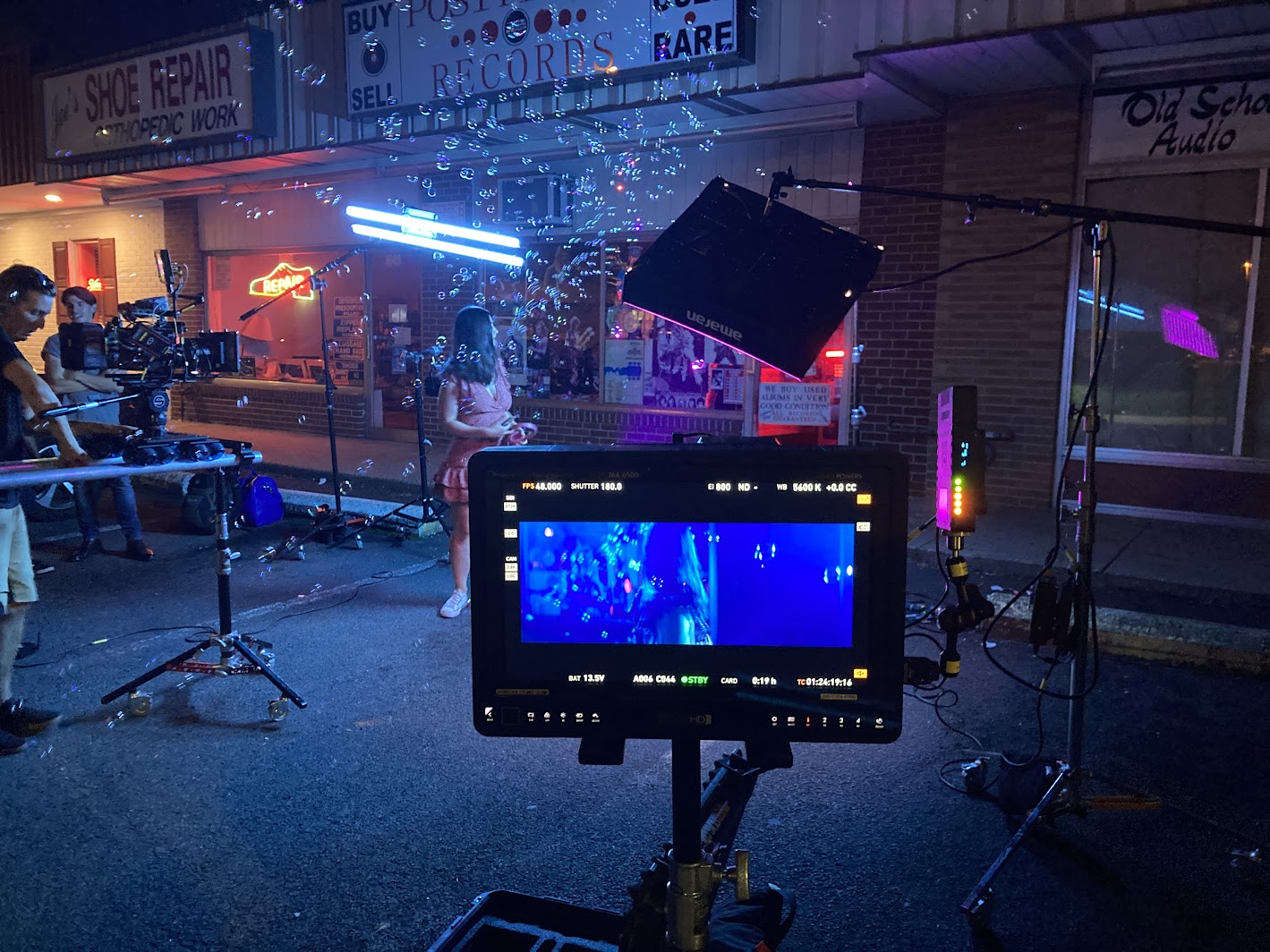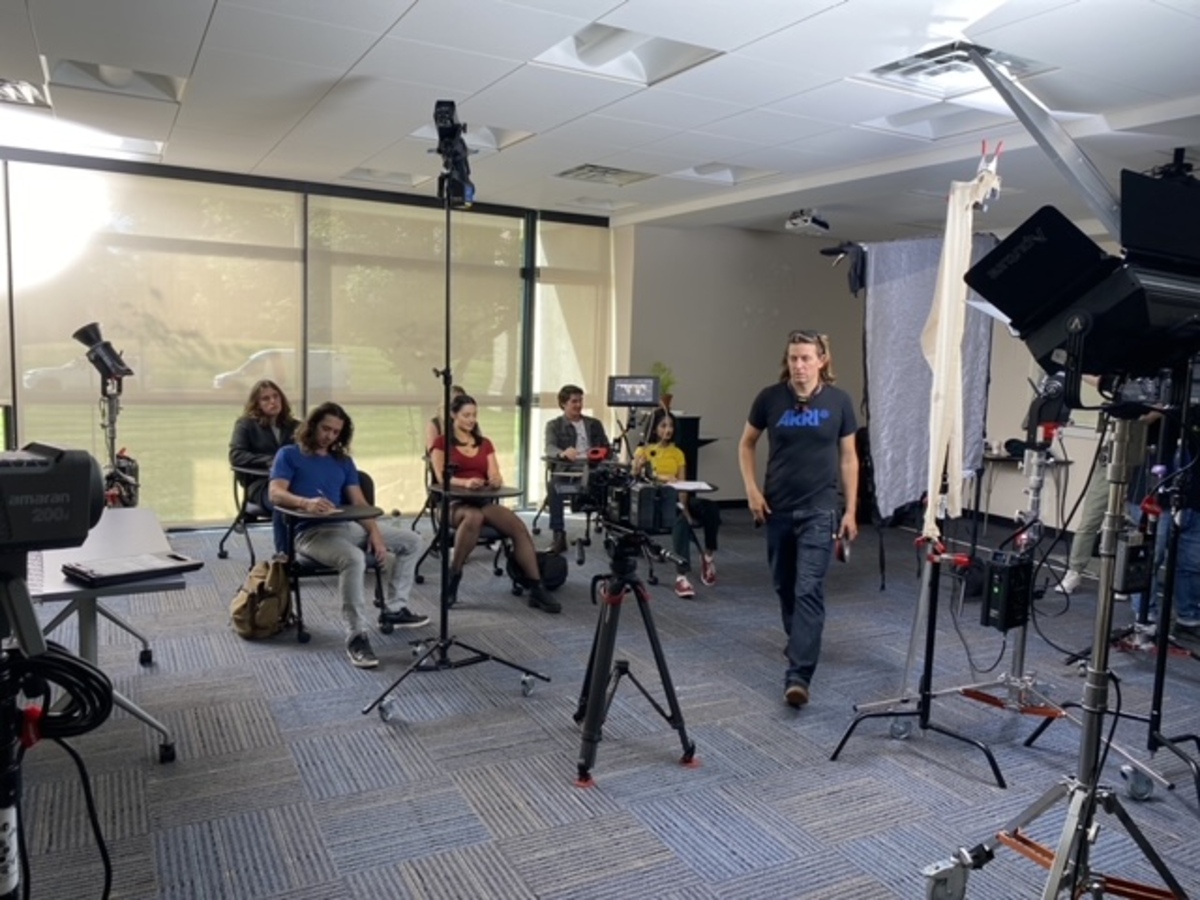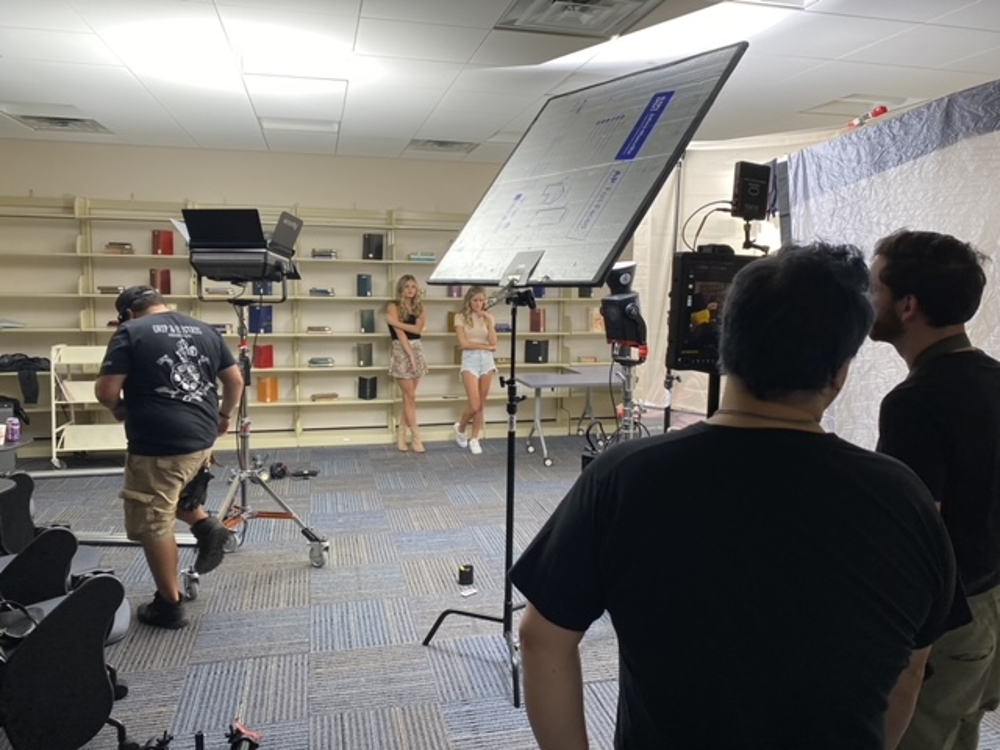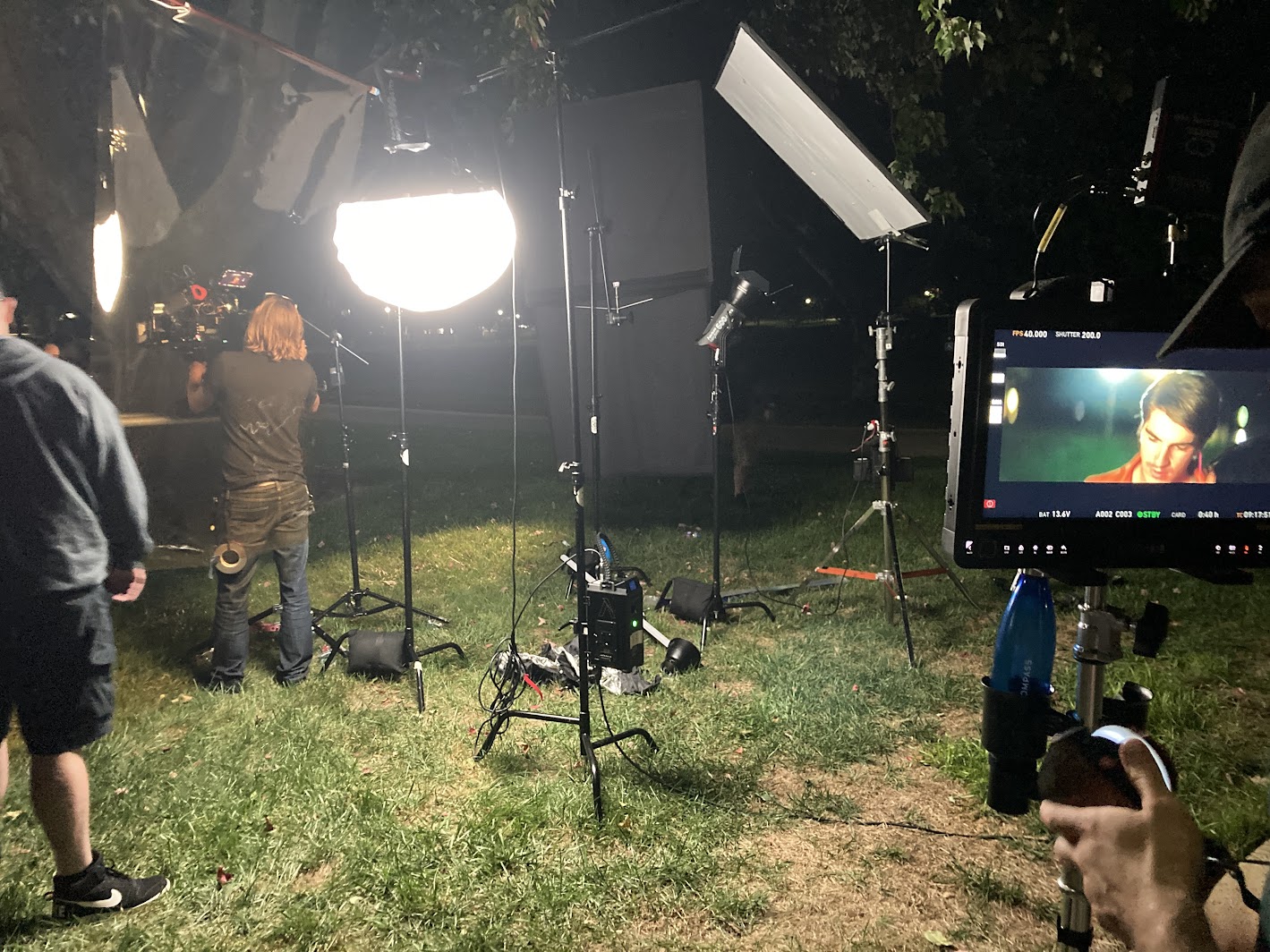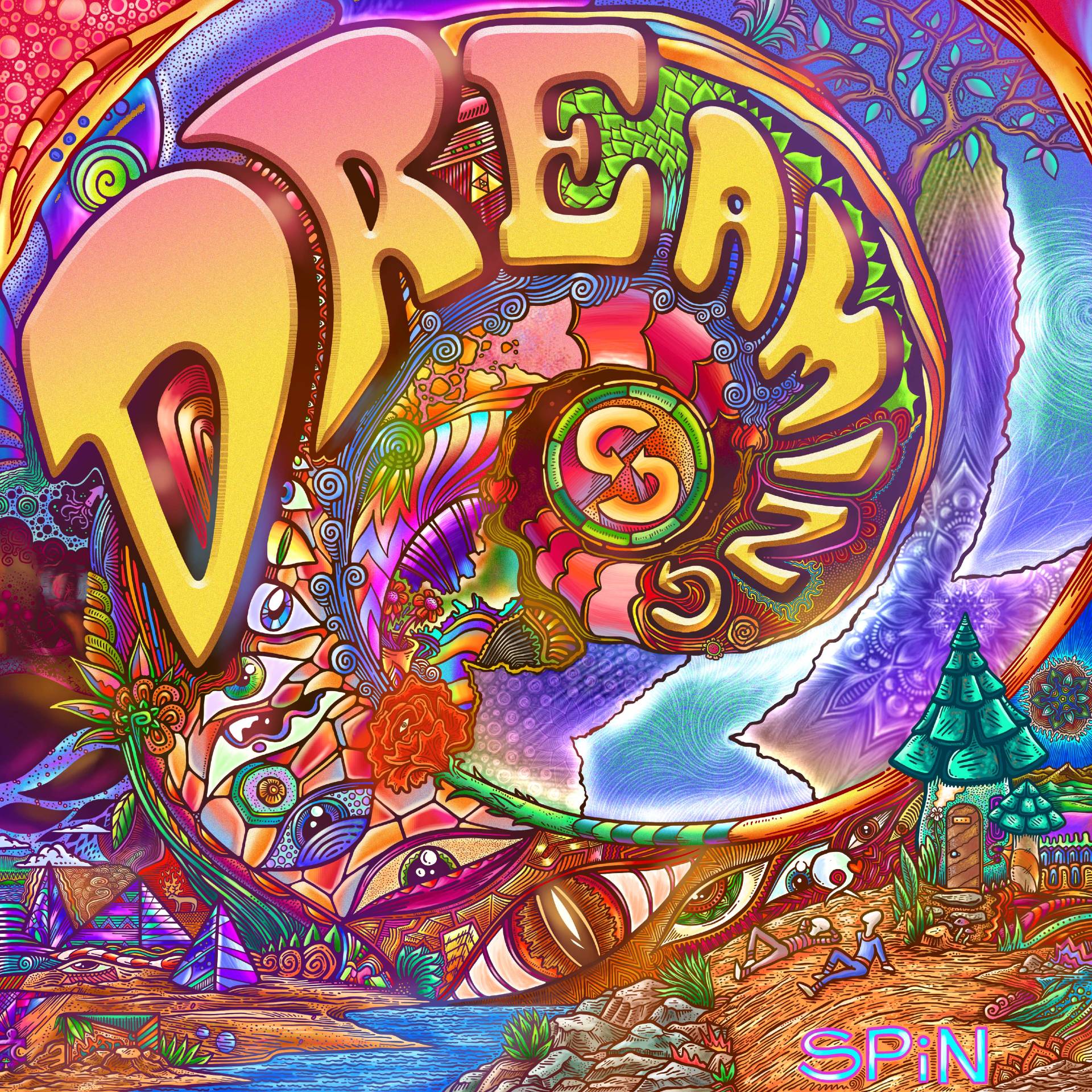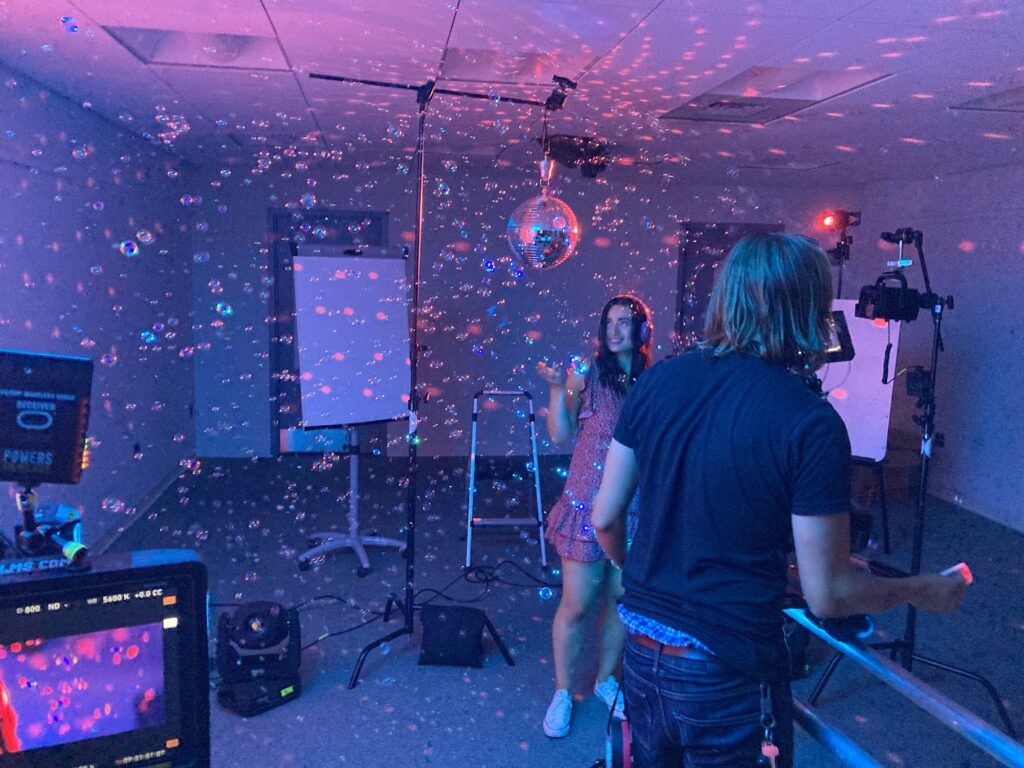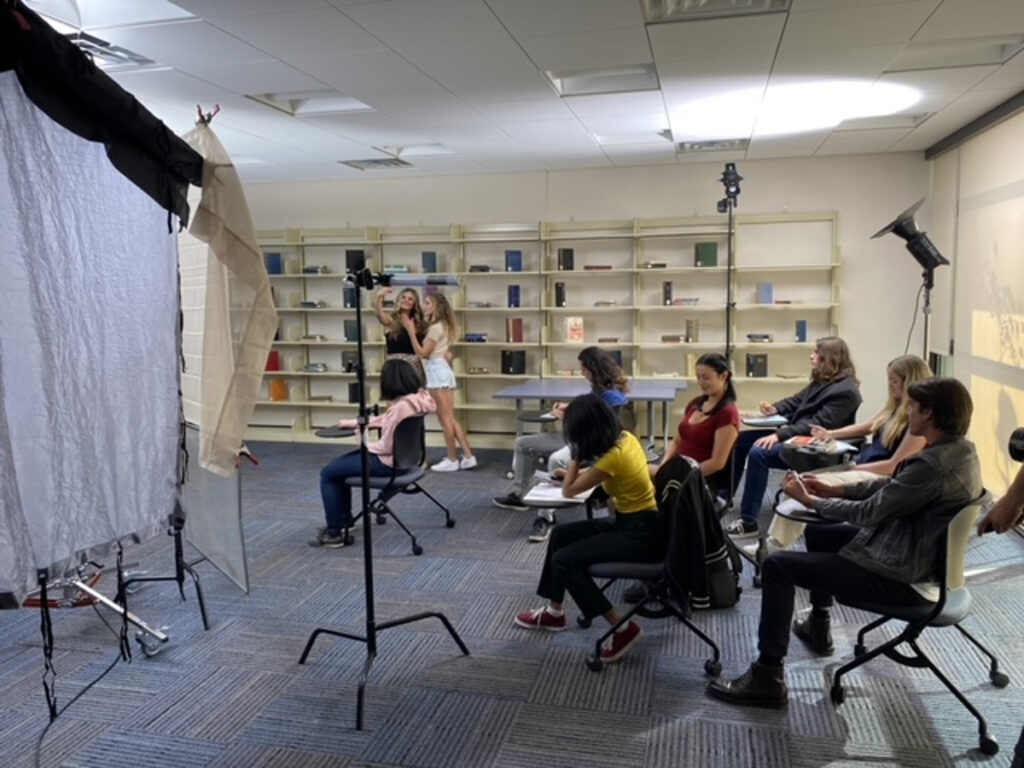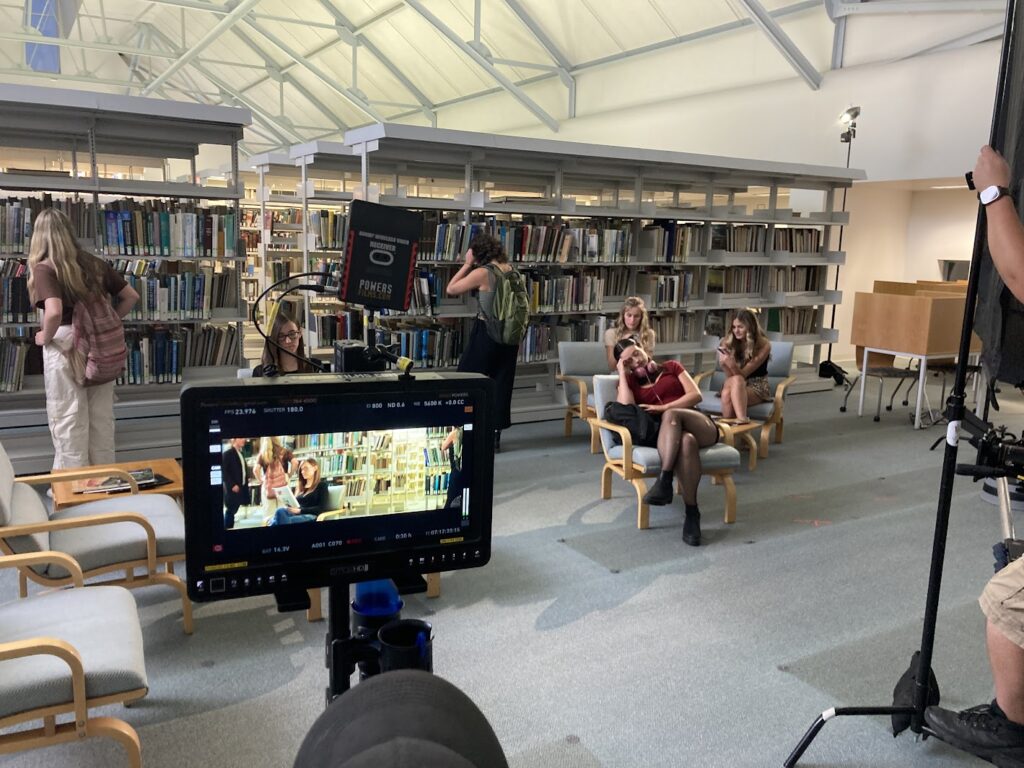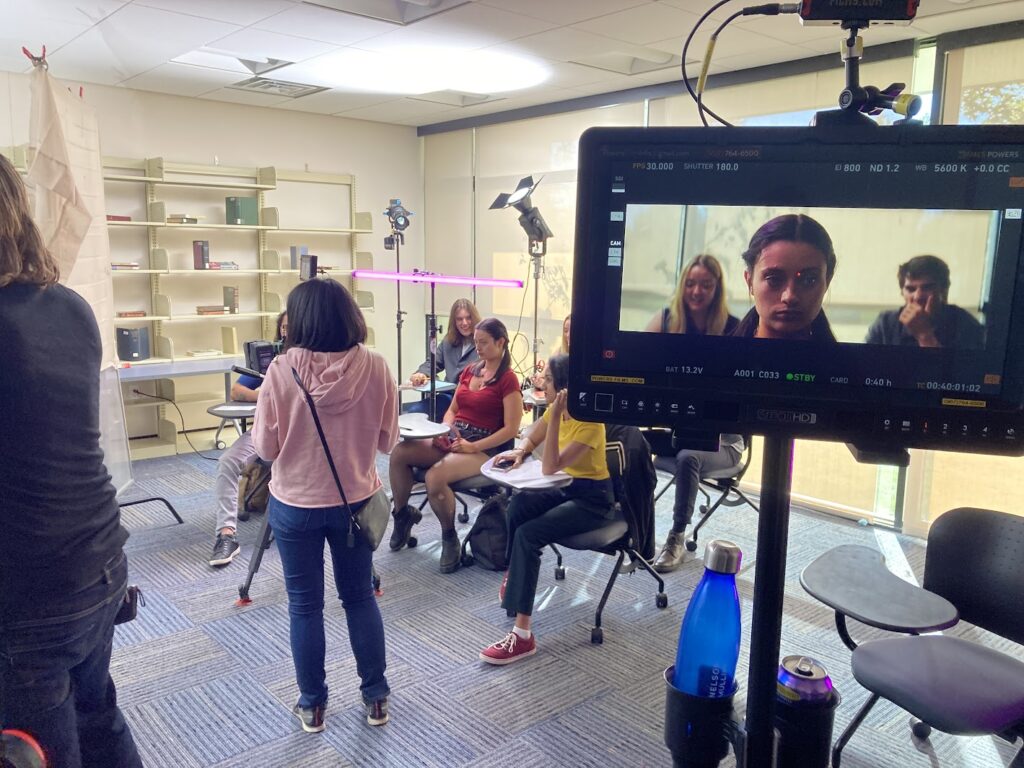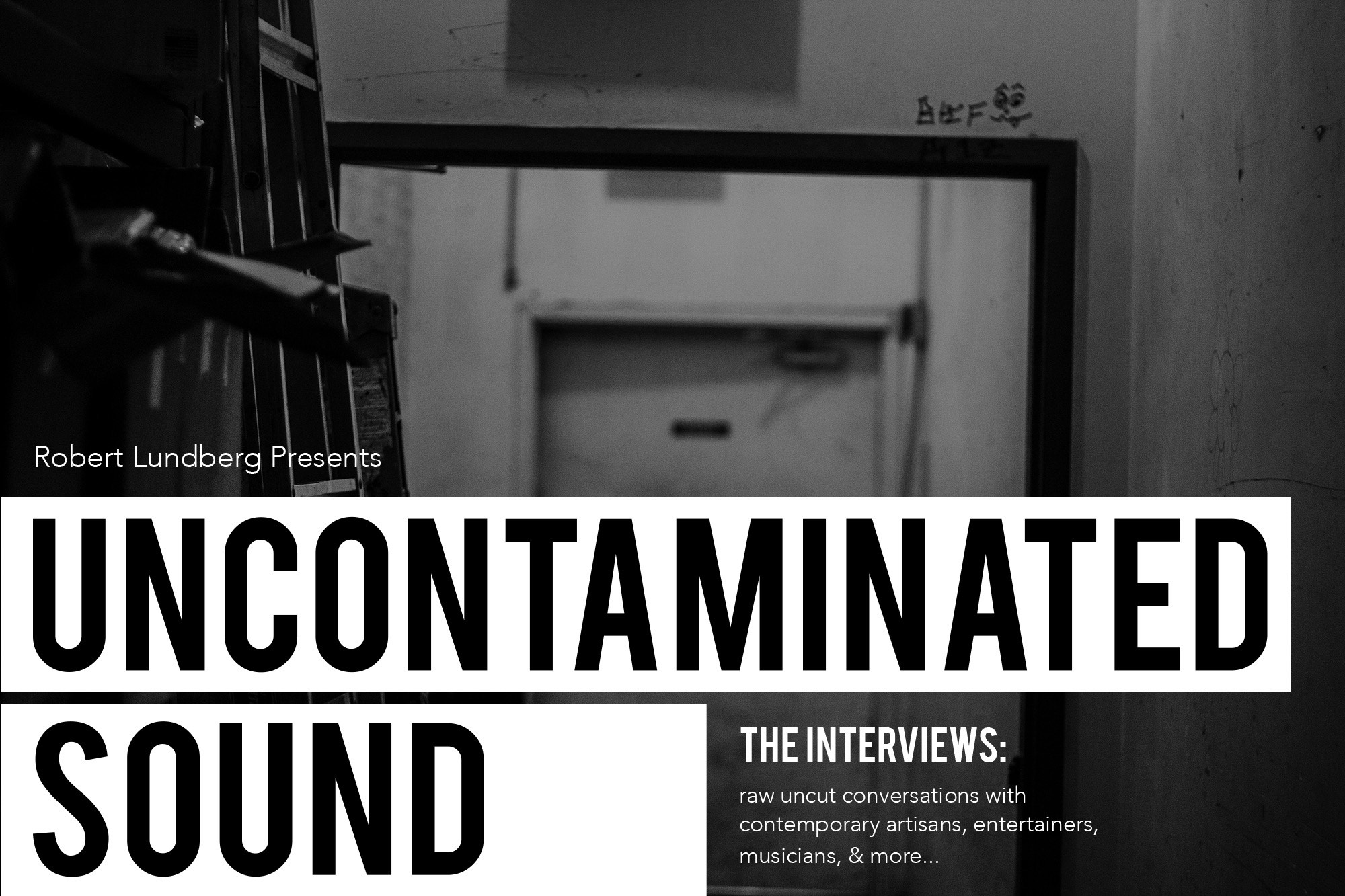Alternative/Rock
Behind the Video: SPiN’s Jim Vacca is “Dreaming” About the Band’s New Music Video
Check out our Behind The Video chat with SPiN bassist and keyboardist Jim Vacca on the band’s new “Dreaming” video, favourite aspects of music videos, and staying within budget.
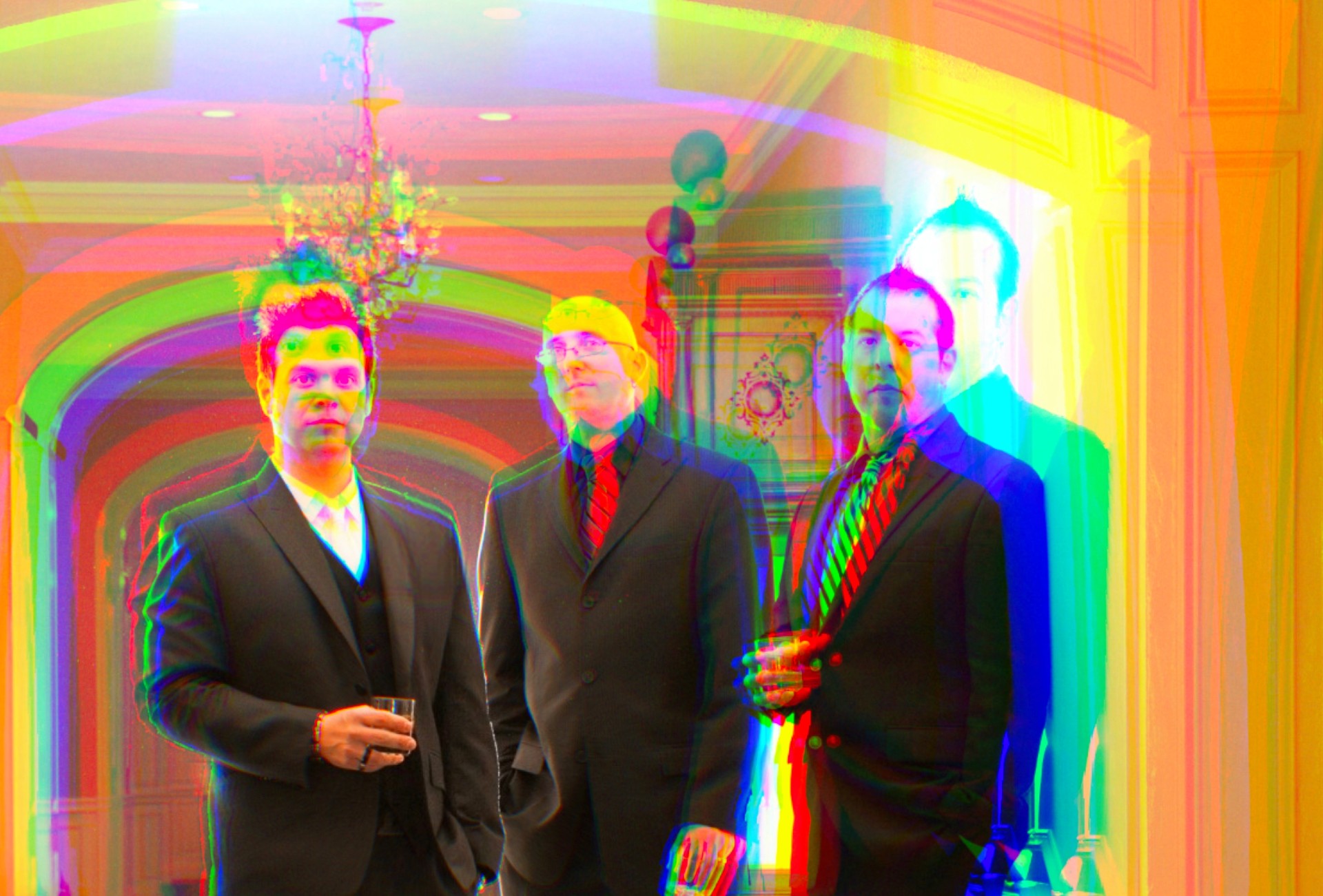
If you were “Dreaming” of new music from SPiN, well, you got it at the end of 2022 with the release of the band’s brand-new single. It’s nice to see a return from the pop rock act after a long layoff since their 2020 single “Thought I Knew You” and their 2018 record Make Me Move. “Dreaming” is a bit of a throwback track to the radio rock of the 1960s and 1970s, particularly that era’s type of songwriting, with modern production features that builds and builds towards a memorable culmination by the final chorus. The music video to go along with “Dreaming” is a nice accompaniment, with a storyline that alternates between dream and reality, and also touches on bullying and exclusion, merely based on being “different.”
Originally from Philadelphia, SPiN is a power-pop quartet that first appeared on the scene in 2010 with the release of their debut EP. Their bond extends back to the friendships they made with each other in high school, and that has developed and fostered great chemistry and energy between the four members. They have established themselves over the years through lots of touring, but also some clever licensing of their songs to both films and on television.
The music video for “Dreaming” really stands out, thanks to its charming storyline and old-style appeal. We recently had a Behind The Video chat with bassist and keyboardist Jim Vacca, in which he discusses directing the video himself, his favourite aspects of music videos, and staying within budget.
Who directed the video?
Jim Vacca: “I did actually! On our early videos where we hired an outside director, we found that our vision wasn’t quite coming across as we wanted it to. I have some experience in the film industry, so we decided to keep 100 percent creative control on the videos just like we’ve had for a while now on the music.”
Where was it made?
“We had three different sets located around Philadelphia and the surrounding suburbs over three days, though we never actually filmed at one of them (see below). We shot at a killer local record shop in Philly called Positively Records and on a beautiful college campus just outside of the city.”
What are some of your favourite music videos? What about when you were growing up?
“I loved the Foo Fighters early videos and some of their more recent ones too. Love the way they use humour, even though the songs aren’t funny. Videos like ‘Learn to Fly,’ ‘Big Me,’ ‘Everlong,’ etc. One of these days we’re going to have to do something along these lines!”
Was there anything during the making of this (or any other) music video that happened unexpectedly, or you were surprised to learn?
“Funny you should ask! On day two of our shoot for ‘Dreaming,’ we arrived to set with our cast and crew of about 35 people. It was a rich people’s catholic grade school campus and although we had been scheduled to be shooting there weeks in advance, the staff didn’t seem to have any idea what was going on. Somehow, the head nun in charge researched the band, watched our ‘Zombie Girl’ music video, and immediately kicked us all off campus as a ‘security concern.’”
Which statement seems most true to you: Music videos are a “high” form of art; music videos are a “low” form of art; music videos can be “high” or “low” art; it doesn’t matter, all art is art; it doesn’t matter, nothing really matters.
“We definitely see the potential for music videos to be considered a high form of art. People can really seem to listen with their eyes.”
What’s your favourite thing about music videos?
“They can offer a new visual perspective on the music, or an explanation of the song. But they can also represent something counter to the meaning of the song to create a juxtaposition rather than be on the nose. I like how it’s possible for someone to not really dig a song, then see the video, and change their mind. Of course, that works the other way around too…”
Any concepts where you started and midway through thought, what the fuck are we doing?
“Yeah, all the fucking time! Perhaps the best example is the music video for our cover of ‘Paradise by the Dashboard Light,’ where we superimposed Meatloaf’s head over all our heads.”
How important are music videos in terms of increased exposure?
“For us, they’re huge! YouTube is by far our best platform with something like 85 million views and 140,000 subscribers, so yeah, music videos are integral to our career at this point.”
How important of a role does social media play in sharing videos and increasing exposure?
“It’s everything! See the last question.”
Did “Dreaming” have a budget and were you able to stick with it?
“Yes, we had a budget. Turns out we’re not quite banking that Taylor Swift money just yet. No, we couldn’t stick to it because of the above-mentioned lost production day where we got booted off set but still had to pay the cast, crew, catering, etc. Turned out for the best anyway, as the college we filmed at was a way better location for our story and we think it turned out awesome. Hope you guys dig it too!”
-

 Music1 week ago
Music1 week agoTake That (w/ Olly Murs) Kick Off Four-Night Leeds Stint with Hit-Laden Spectacular [Photos]
-

 Alternative/Rock4 days ago
Alternative/Rock4 days agoThe V13 Fix #011 w/ Microwave, Full Of Hell, Cold Years and more
-

 Alternative/Rock2 weeks ago
Alternative/Rock2 weeks agoThe V13 Fix #010 w/ High on Fire, NOFX, My Dying Bride and more
-

 Features1 week ago
Features1 week agoTour Diary: Gen & The Degenerates Party Their Way Across America
-

 Indie4 days ago
Indie4 days agoDeadset Premiere Music Video for Addiction-Inspired “Heavy Eyes” Single
-

 Music2 weeks ago
Music2 weeks agoReclusive Producer Stumbleine Premieres Beat-Driven New Single “Cinderhaze”
-

 Folk5 days ago
Folk5 days agoKatherine Perkins Strikes the Right Tone with Her “Hold On” Music Video Premiere
-

 Country1 week ago
Country1 week agoBrooke Ashton Chats About Her “Someone” Single, Creative Process, and More!

